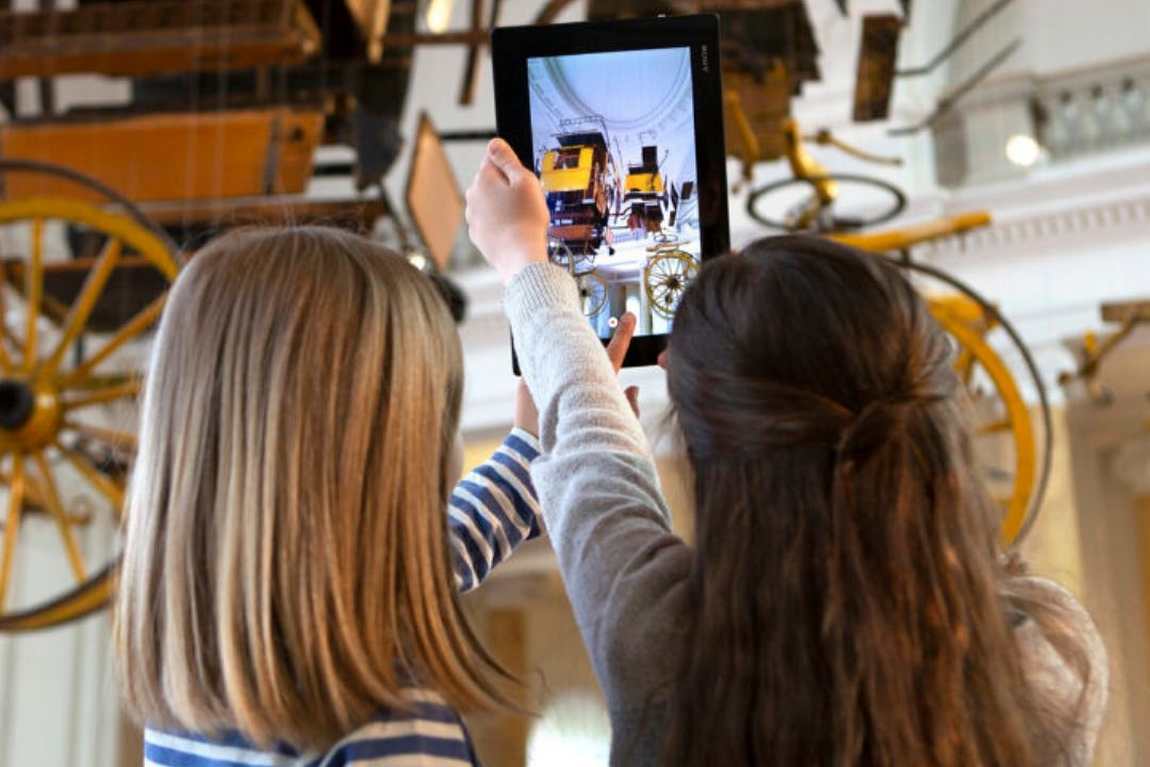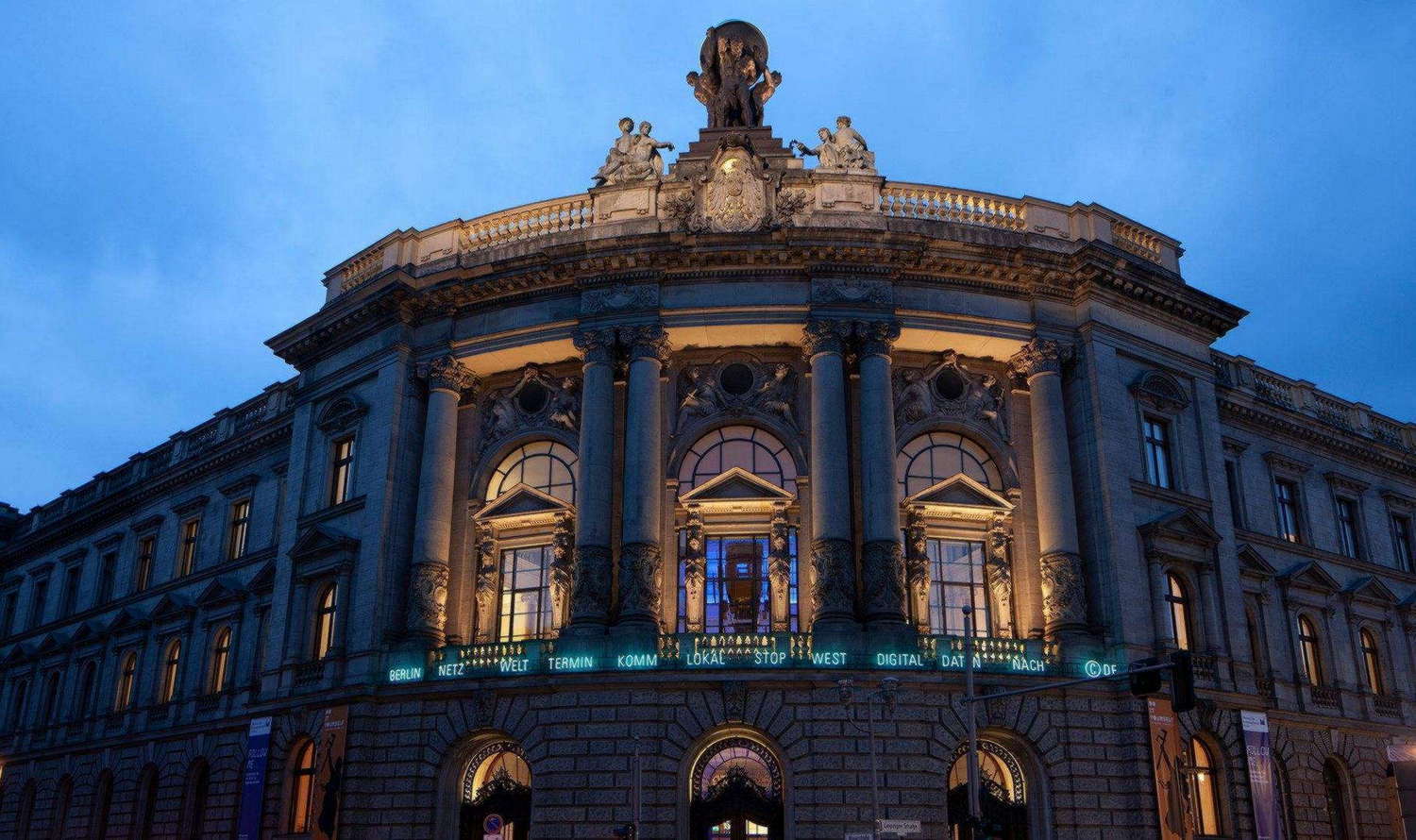Today, children can easily navigate through all the different types of modern communication, control their mobile phones, communicate on social networks and messengers, use email and access digital libraries. This is all the more surprising because the Berlin Communications Museum's exhibition tells the story of how people exchanged information thirty, fifty or a hundred years ago, and many of the objects in the collection cannot be seen by children in everyday life; they have simply disappeared.

The most modern inhabitants of the museum are the robots that greet visitors. One gives advice on how to get around the museum, one gives information about the exhibits and the third plays for its own amusement, chasing a ball around the lobby.
It should be noted that Berlin's Communications Museum devotes most of its attention to the history of the post office, which is not surprising: it was originally a postal museum. There are mailboxes of all colours and sizes, stamps, envelopes, postmarks, wax seals and the logos of postal administrations from various countries. And under the ceiling hangs a stagecoach: slow as it may be, it was once used to transport letters and parcels.

There are also lots of interesting things to learn about other means of communication, such as the telephone. Children may have seen disc or push-button telephones, but they are unlikely to have seen old machines that do not even have a dialling device.
A room dedicated to the development of wartime communications is very interesting: they talk about how transmission methods were improved and what methods were used to protect communication channels. Children can listen to Morse code signals, learn about the telegraph and the teletype, see what the lamps of the first television sets looked like and admire modern television sets on display nearby. There is also a section on space communications. And in the basement is the museum's treasure trove, where the most precious artefacts are kept in a particularly reverent environment.











